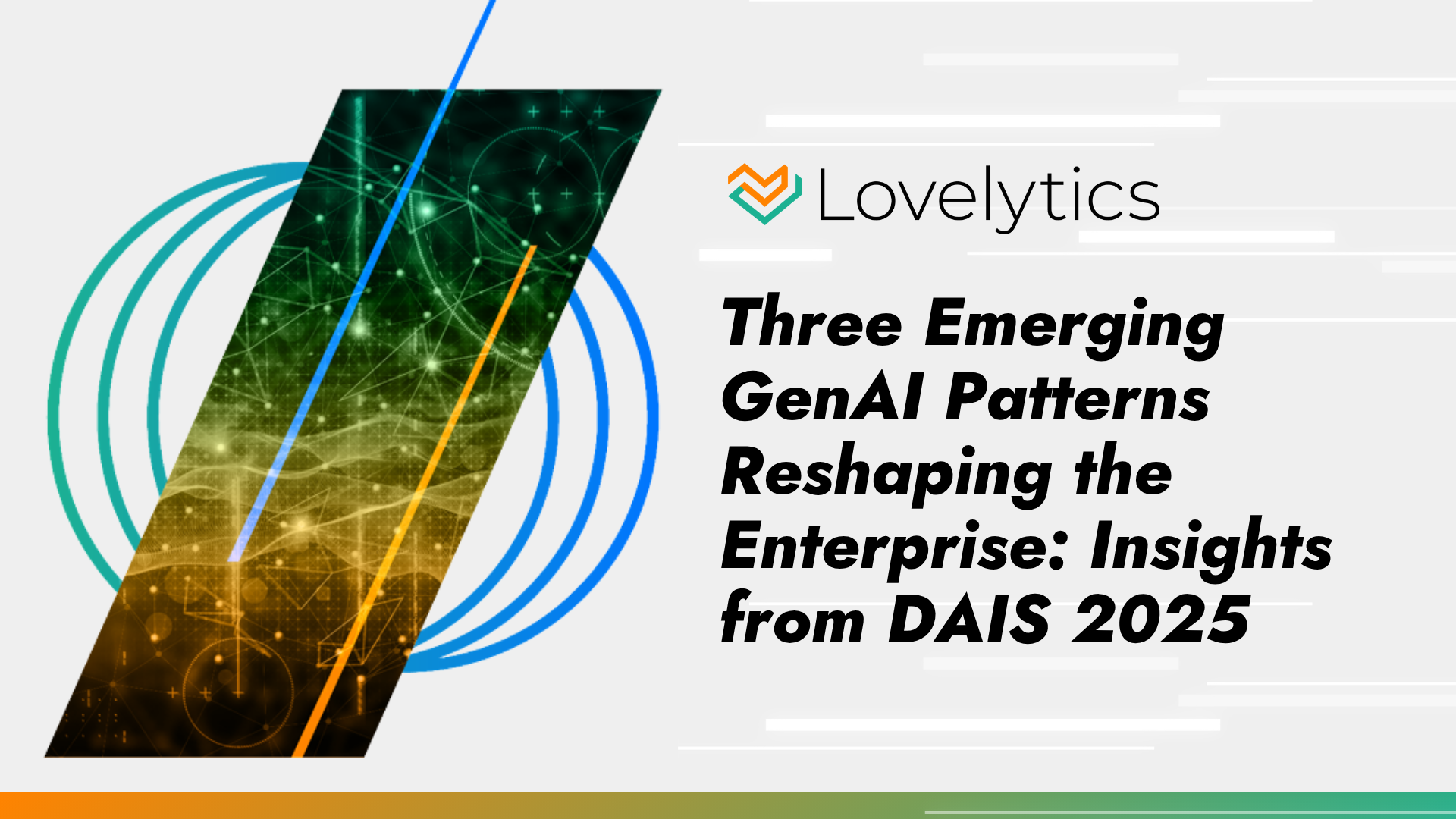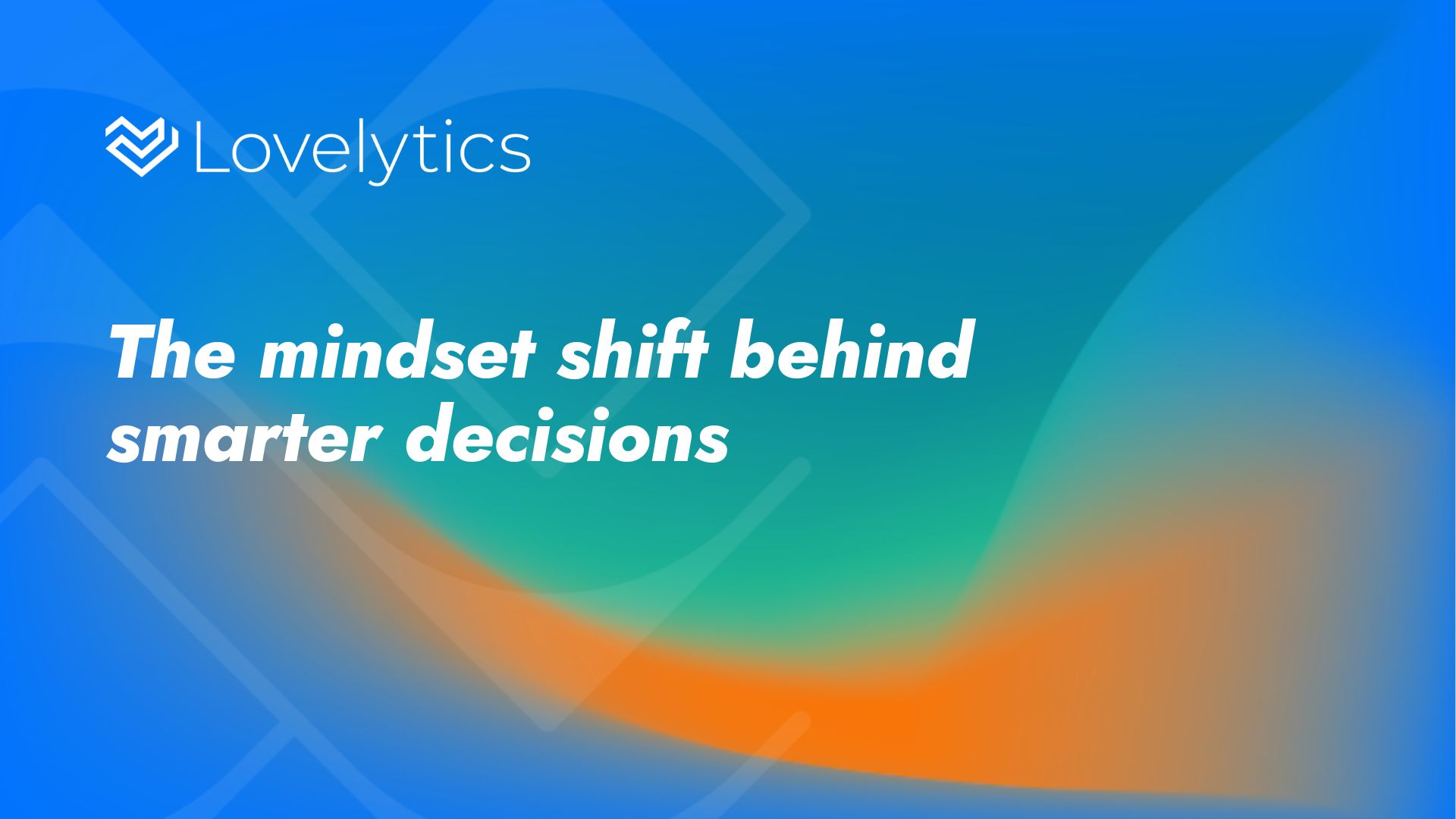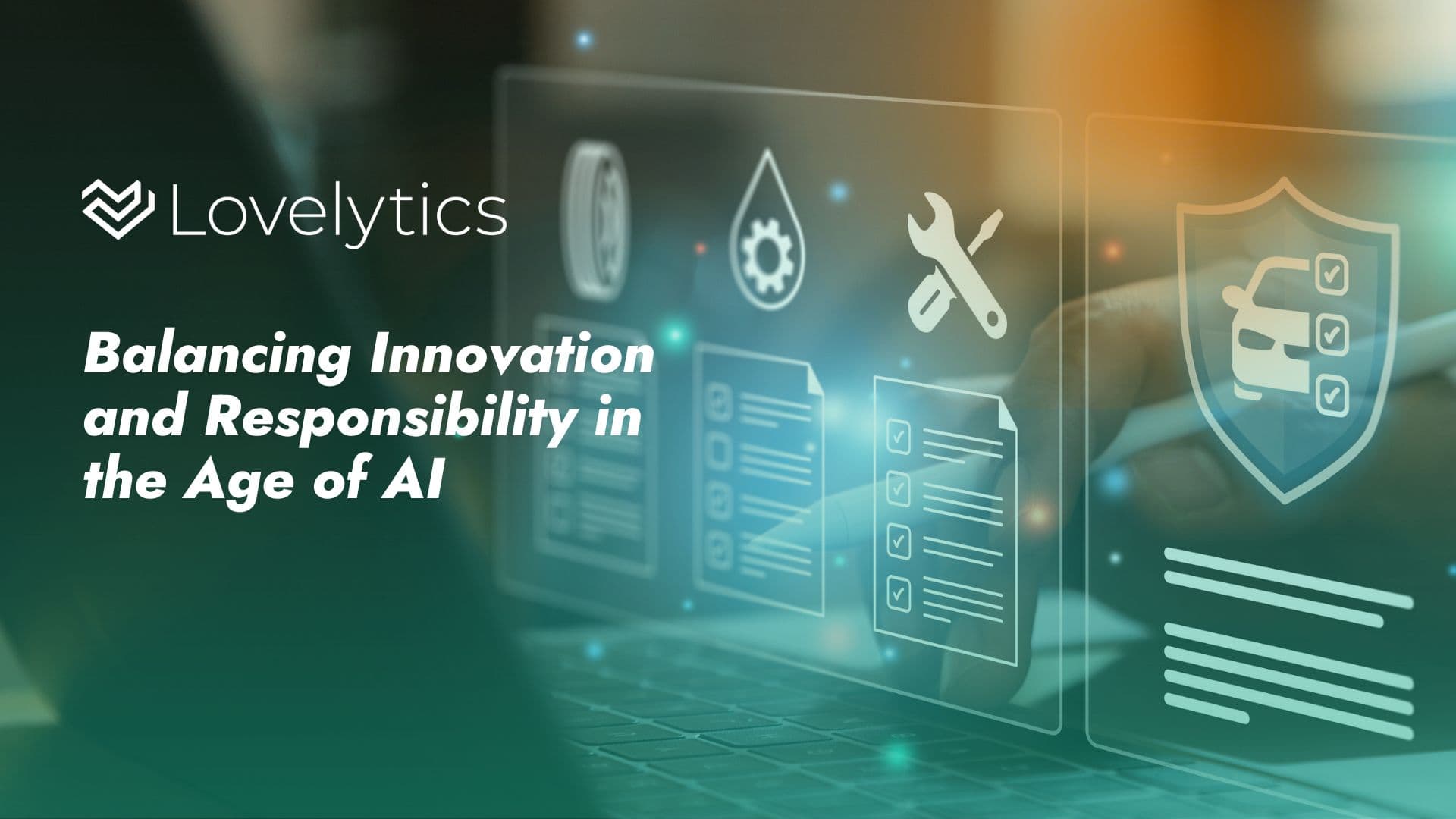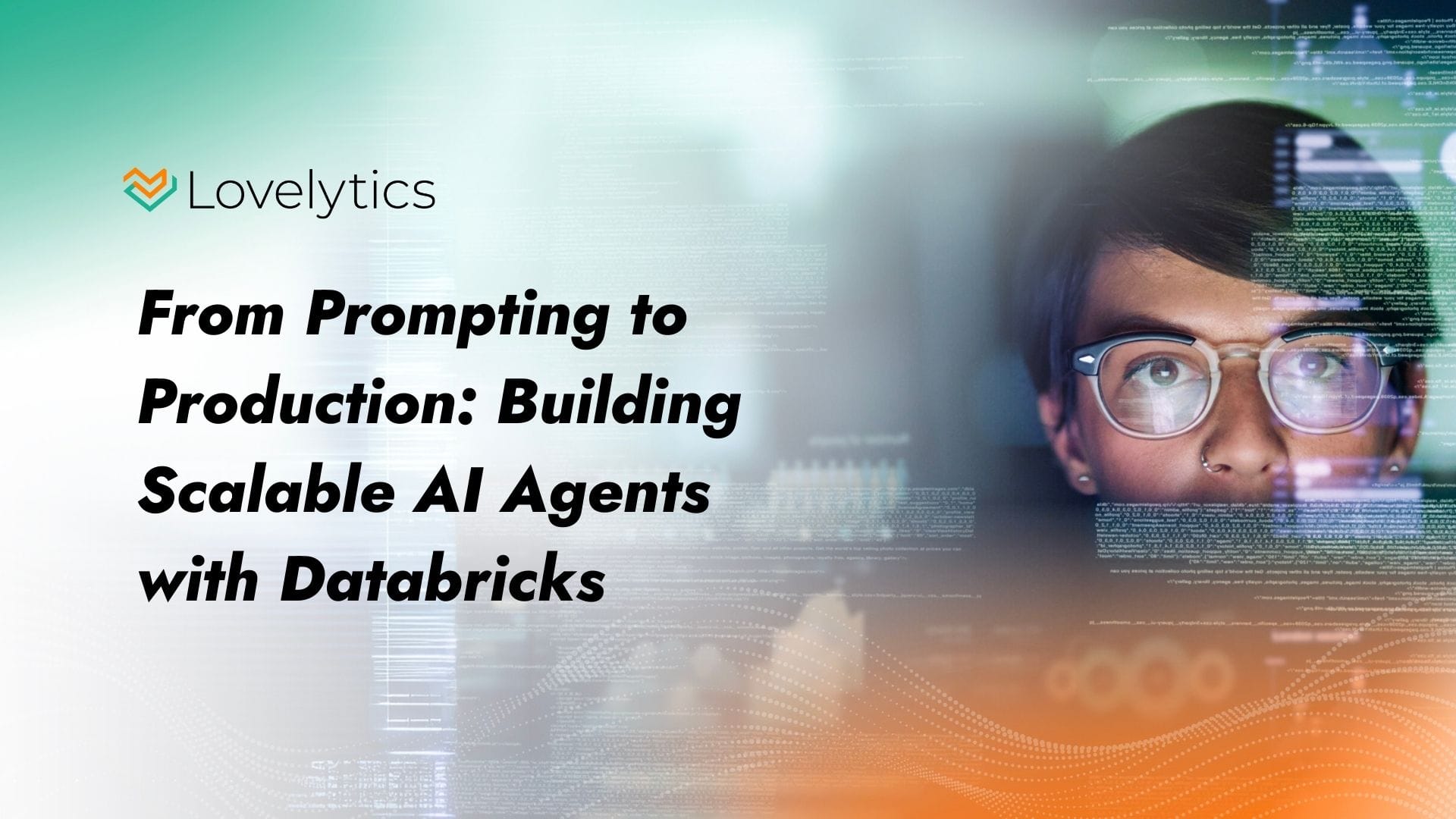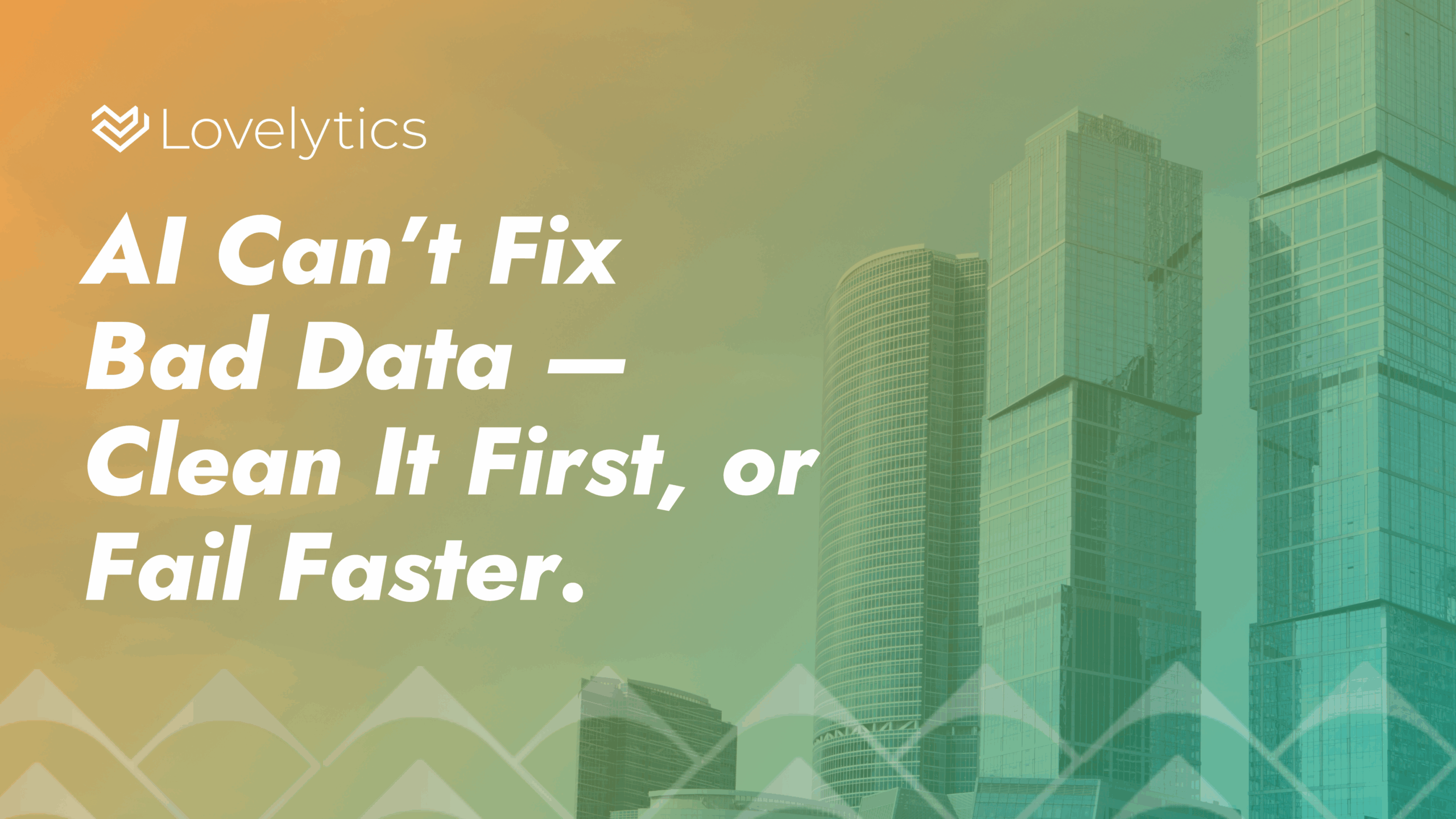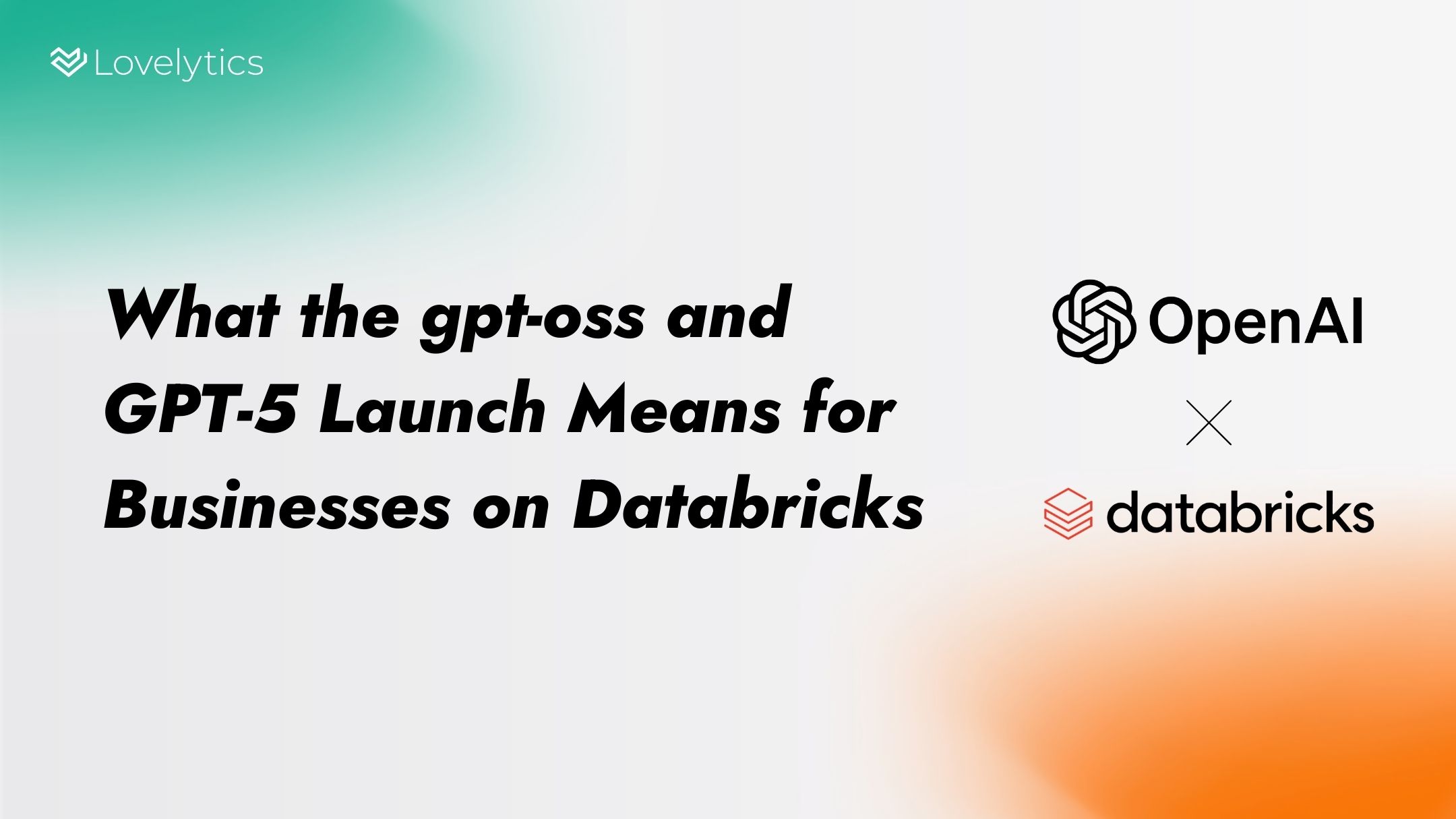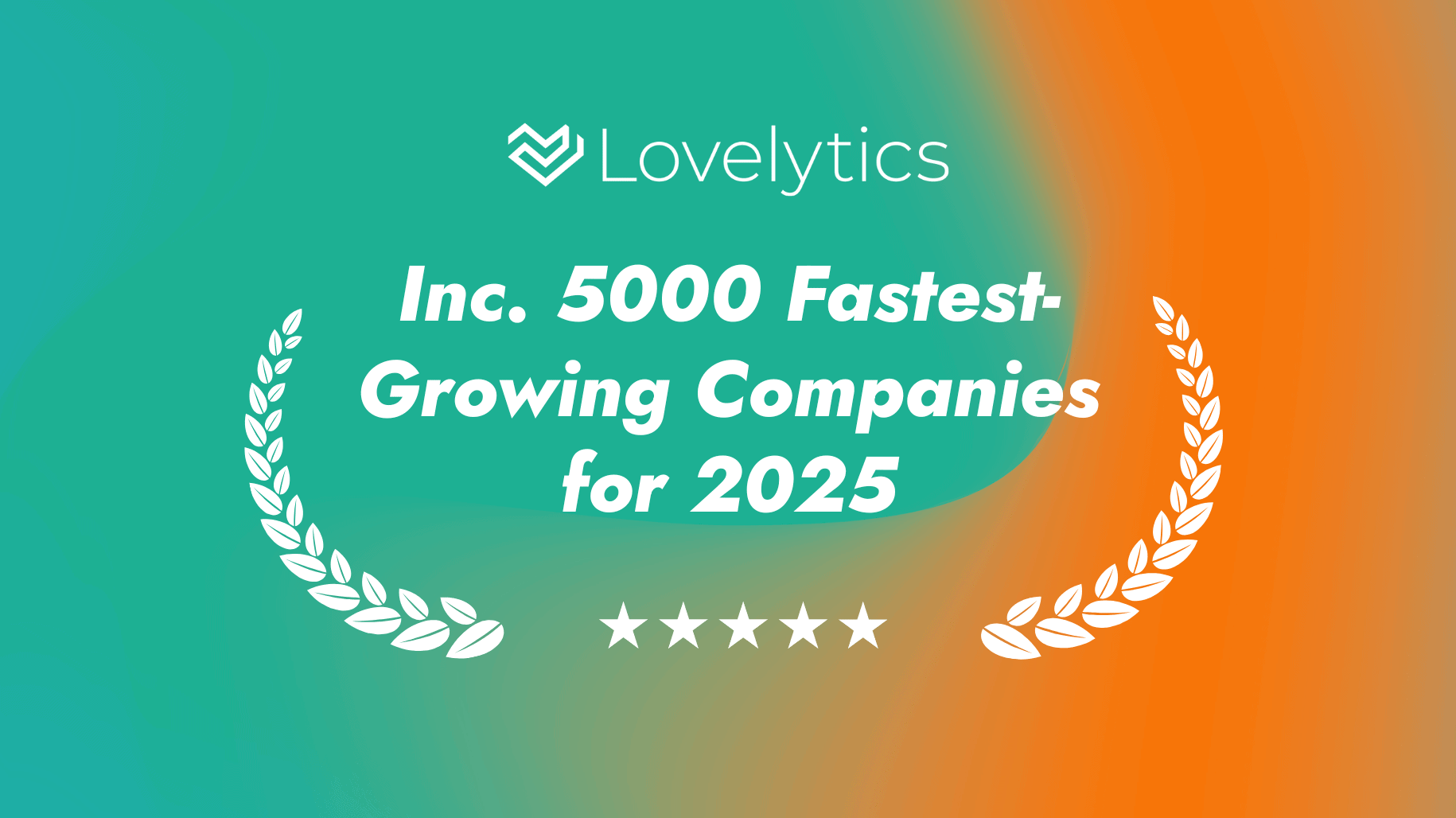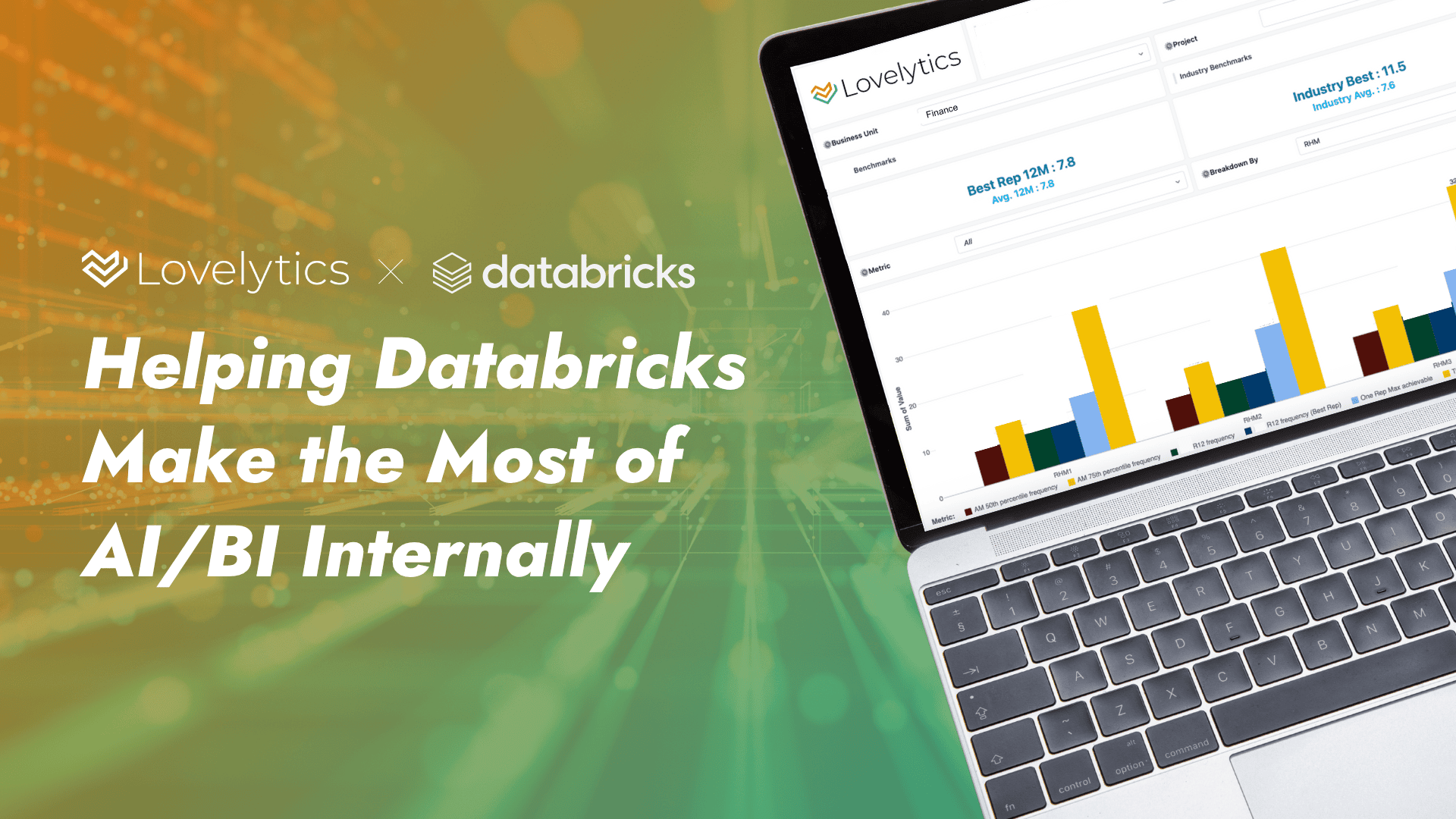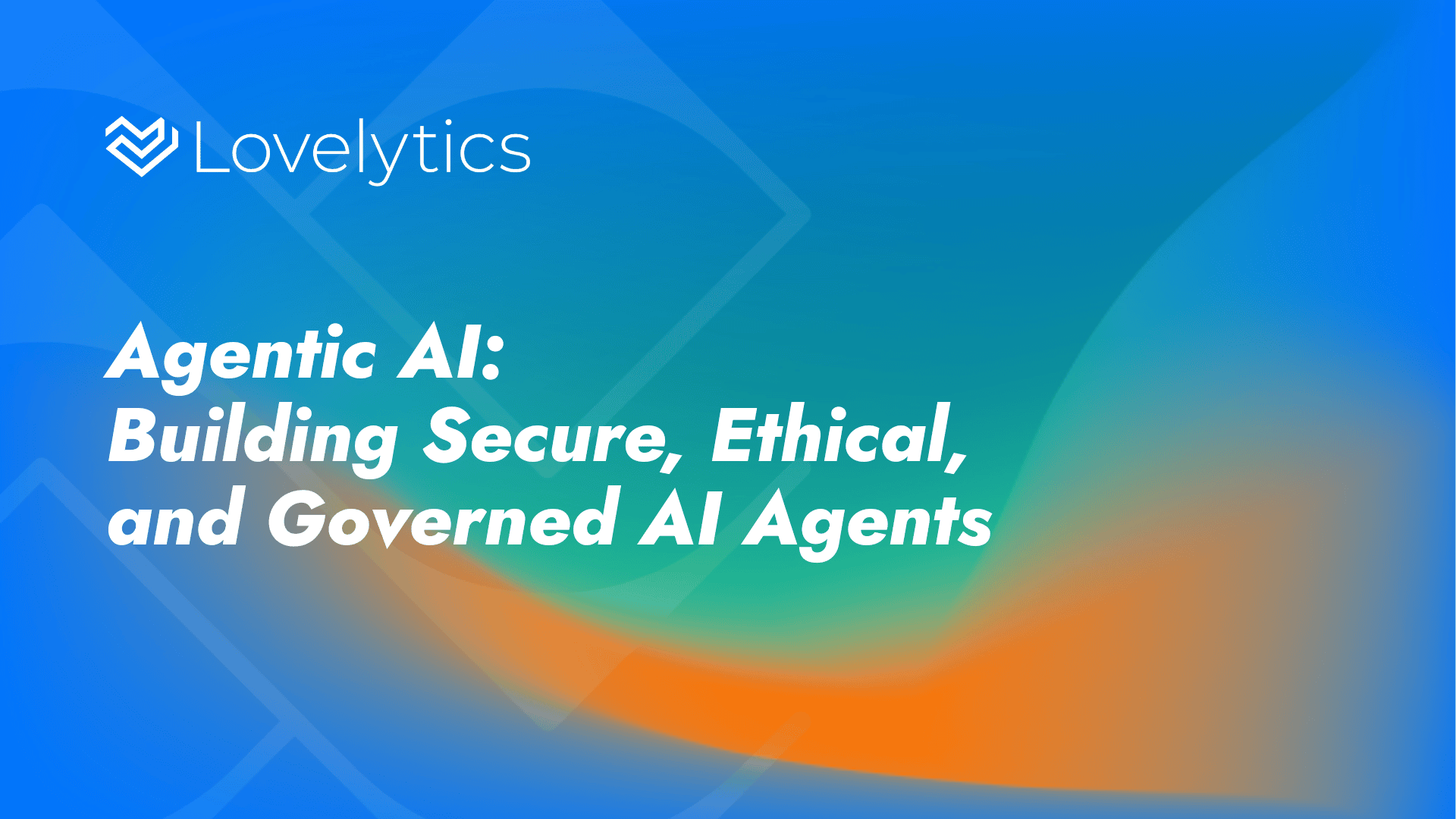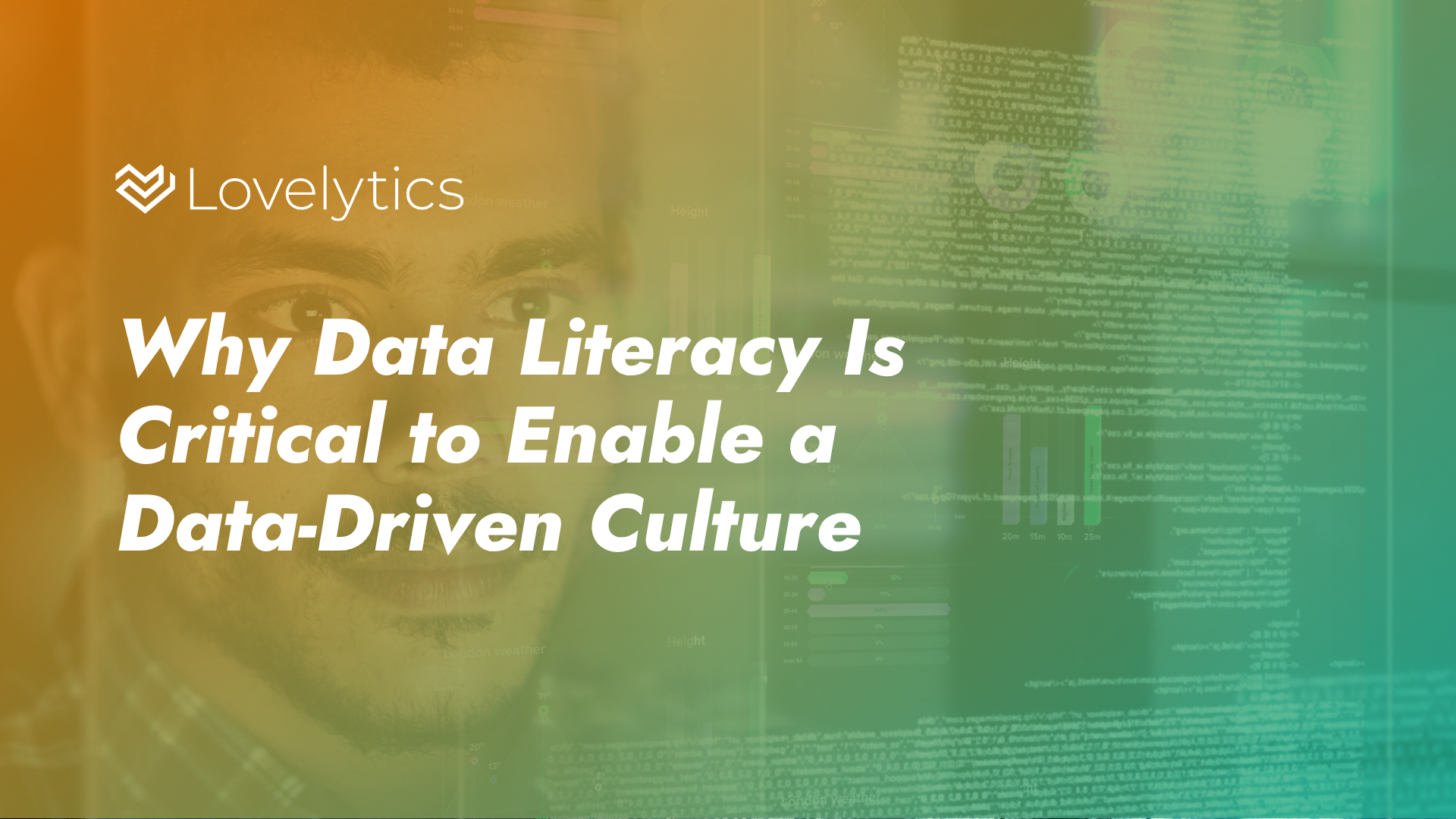The 2025 Databricks Data + AI Summit showcased the rapid evolution of Generative AI (GenAI) in the enterprise. One of the most anticipated moments was the chat between Databricks CEO Ali Ghodsi and Anthropic co-founder and CEO Dario Amodei (timestamp 1hr 38 mins) during the Wednesday morning keynote. Their conversation focused on how enterprises are starting to achieve real productivity gains by enabling GenAI to reason over their own data.
Dario outlined three emerging patterns that are defining this next chapter of GenAI adoption:
- Enterprise Knowledge Activation – Going beyond traditional RAG (Retrieval-Augmented Generation) to deeply integrate organizational context.
- Process Automation through Intelligent Agents – Empowering AI to understand, automate, and govern operational workflows.
- Accelerating Creative and Analytical Work – Assisting with research, financial analysis, reporting, and product innovation.
These patterns are not theoretical. They are being made real by the latest innovations on the Databricks platform — and at Lovelytics, we’re already helping clients implement them in production.
1. Enterprise Knowledge Activation — Evolving Beyond RAG
Retrieval-Augmented Generation (RAG) has matured from a novelty into a foundational enterprise capability. But as Dario Amodei noted, enterprises now expect AI to do more than retrieve — they want contextual reasoning that is grounded in company-specific knowledge and capable of delivering real business outcomes.
At DAIS 2025, Databricks introduced Storage-Optimized Vector Search in Public Preview, a major leap forward. Built on a rearchitected infrastructure that separates compute and storage, this new service enables:
- Scalable semantic search across billions of vectors, optimized for cost and performance.
- A 7x reduction in cost, making it economically viable to extend RAG and search use cases across the entire data estate.
- Seamless integration with Mosaic AI and Unity Catalog, ensuring that enterprise data remains governed, secure, and lineage-aware.
Together, these capabilities allow organizations to activate their whole knowledge base — structured and unstructured — and move from simple Q&A to deep, enterprise-aware reasoning.
2. Process Automation through Intelligent Agents
The next wave of productivity comes from intelligent agents that can understand and take action on repetitive, rules-based tasks — without being explicitly programmed for every scenario.
This includes:
- AI Agents that parse emails, read PDFs, extract metadata, and kick off downstream actions.
- Tools that monitor compliance, approvals, and exception handling — not just answering questions, but participating in workflows.
- Embedding governance guardrails so automation operates within enterprise policies.
Databricks now enables this shift with the release of Agent Bricks and the Mosaic AI Agent Framework, along with Databricks Apps — allowing enterprise teams to build, test, and deploy agents with integrated UI, access control, and secure compute, all on the Databricks platform.
3. Creativity, Research, and Analysis — Scaling Insight Generation
As AI matures, it’s no longer just a back-office tool — it’s becoming a creative and analytical partner. Dario Amodei highlighted a growing trend: using AI to support financial analysis, reporting, research, and product innovation.
Databricks is enabling this shift through a set of powerful enhancements:
- Expanded foundation model support, including the newly announced Google Gemini models, alongside open-source and commercial options for maximum flexibility.
- Model Context Protocol (MCP) natively integrated into the Databricks environment, giving agents and apps dynamic access to tools, prompts, and enterprise context.
- AI Functions in SQL, now up to 3x faster and 4x lower in cost, enabling multi-modal AI experiences directly inside analytical workflows.
These enhancements empower teams to scale high-value knowledge work — from investor briefs to internal research and marketing assets — with speed, intelligence, and contextual understanding.
How Lovelytics Helps Enterprises Operationalize These Patterns
At Lovelytics, we don’t just watch the trends — we help enterprises bring them to life. The patterns shared by Dario Amodei at DAIS 2025 aren’t futuristic—they’re implementable today on the Databricks platform, and we’ve already helped clients take them from pilot to production.
Here’s how we help:
- Enterprise Knowledge Activation
We build robust RAG architectures grounded in Databricks-native tools like Unity Catalog, Mosaic AI Vector Search, and Delta Lake. Our solutions are designed for secure, governed, and scalable retrieval — optimized for cost using the new Storage-Optimized Vector Search service. - Process Automation with Agents
Our team designs and implements AI Agents using Agent Bricks and the Mosaic AI Agent Framework, enabling clients to automate workflows across emails, documents, and back-office systems. We focus on real business use cases — like adjudication workflows, claims processing, and customer onboarding — where AI can reduce manual effort and increase throughput. - Creativity and Analysis at Scale
We empower knowledge workers by integrating AI Functions, MCP-based tools, and model orchestration into day-to-day decision support systems. From financial summaries to product documentation and marketing content, our solutions help users create faster, with AI that understands enterprise context. - Evaluation-First Approach
Our methodology includes SME-led evaluation frameworks, allowing business users to validate outputs and measure ROI. This ensures AI applications are accurate, useful, and enterprise-ready — a critical step for scaling adoption.
What’s Next: From Possibility to Productivity
The Databricks Data + AI Summit 2025 made one thing clear — the foundational pieces for enterprise-scale GenAI are now in place. With integrated vector search, AI agent frameworks, fast multi-modal AI functions, and native governance through Unity Catalog, the Databricks Data Intelligence Platform is evolving into the AI Operating System for the enterprise.
At Lovelytics, we’re proud to be a top-tier Databricks partner helping clients translate these capabilities into business value. Whether you’re just beginning your GenAI journey or scaling across departments, we bring the expertise, accelerators, and delivery discipline to help you move from POC to production — fast.
Let’s build the future of AI in your enterprise — together.

